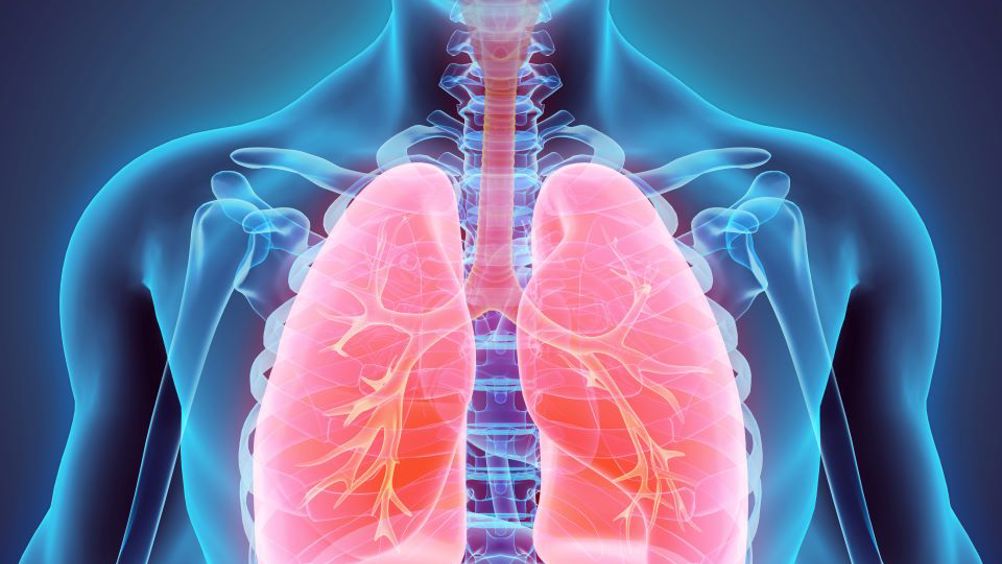Ventilator-on-a-chip compares injury caused by mechanical ventilation
For the first time, scientists can directly compare the different kinds of injury that mechanical ventilation causes to cells in the lungs.

In a new study, using a ventilator-on-a-chip model developed at The Ohio State University, researchers found that shear stress from the collapse and reopening of the air sacs is the most harmful type of damage.
This miniature organ-on-a-chip model simulates lung injury during mechanical ventilation plus repair and recovery in human-derived cells in real time, said co-lead author Samir Ghadiali, PhD, professor and chair of biomedical engineering at Ohio State.
“The initial damage is purely physical, but the processes after that are biological in nature – and what we’re doing with this device is coupling the two,” Ghadiali said in a statement.
The team hopes the device will also help in the development of therapies to address ventilator-induced lung injury.
“This is an important advance in the field that will hopefully allow for a better understanding of how lung injury develops in mechanically ventilated patients and identification of therapeutic targets so that we can give drugs to prevent that kind of injury or treat it when it happens,” said co-lead author Joshua Englert, MD, associate professor of pulmonary, critical care and sleep medicine at The Ohio State University Wexner Medical Center.
Register now to continue reading
Thanks for visiting The Engineer. You’ve now reached your monthly limit of news stories. Register for free to unlock unlimited access to all of our news coverage, as well as premium content including opinion, in-depth features and special reports.
Benefits of registering
-
In-depth insights and coverage of key emerging trends
-
Unrestricted access to special reports throughout the year
-
Daily technology news delivered straight to your inbox










Water Sector Talent Exodus Could Cripple The Sector
Maybe if things are essential for the running of a country and we want to pay a fair price we should be running these utilities on a not for profit...